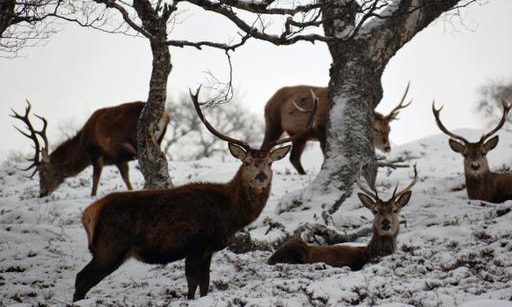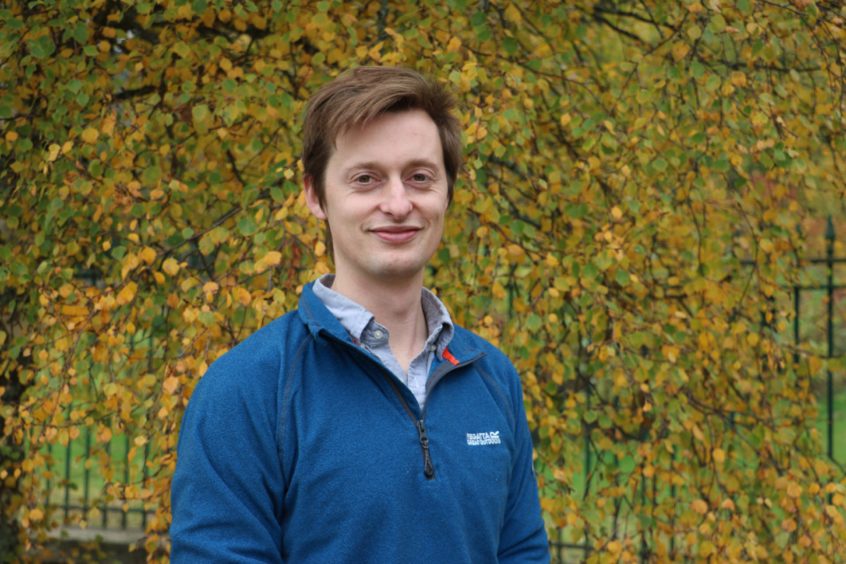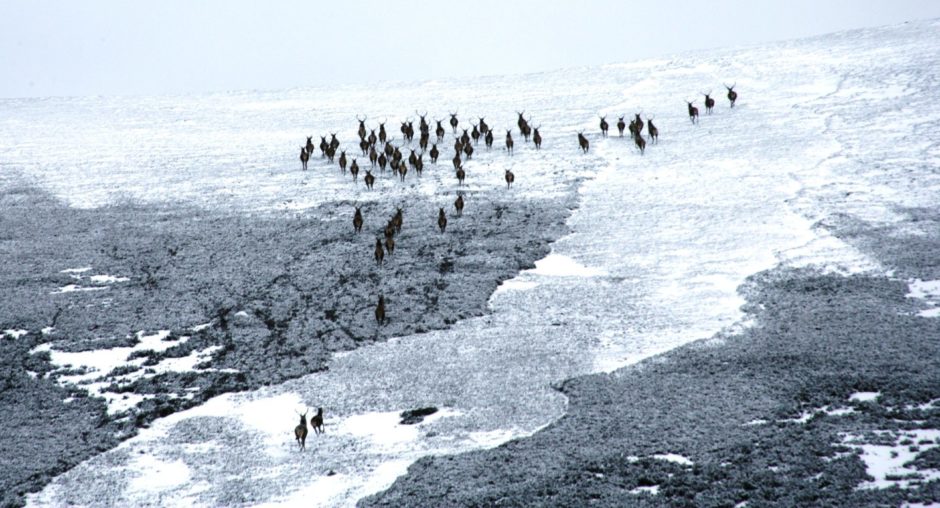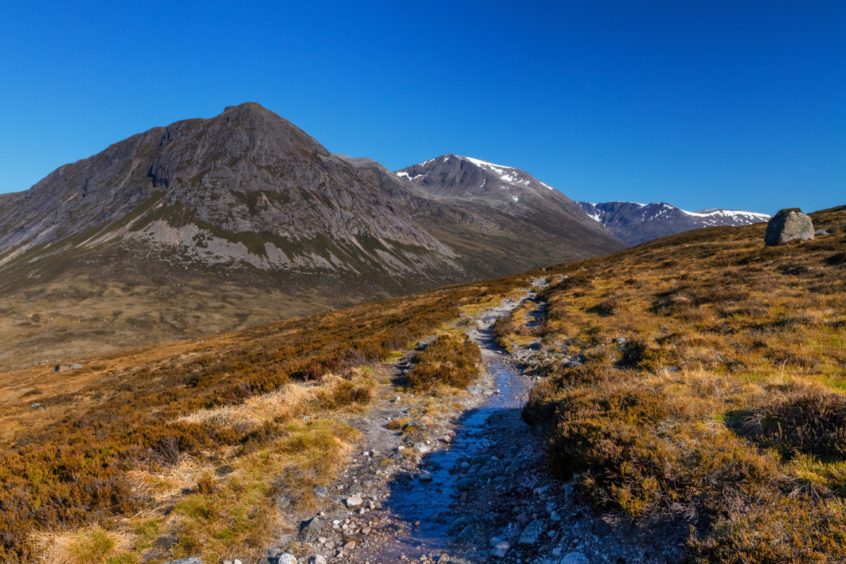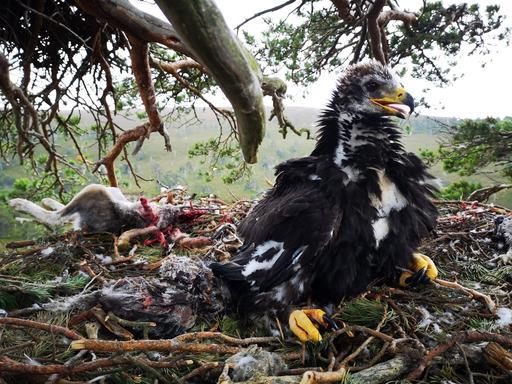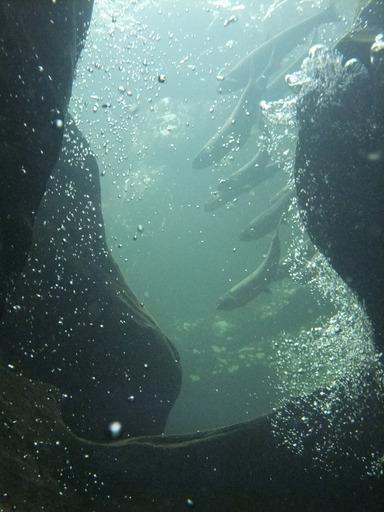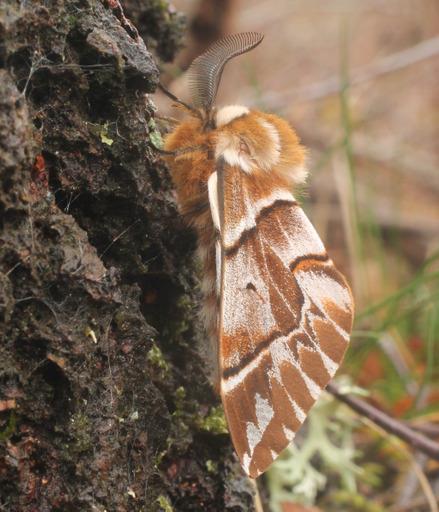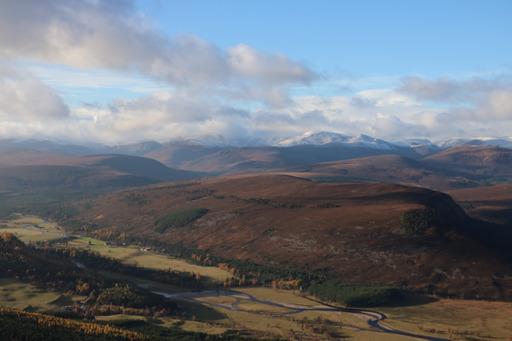It’s one of the biggest ecological success stories in recent times; the dramatic transformation of the Mar Lodge Estate in the heart of the Cairngorms.
But efforts to halt the decline in a region which encompasses a vast expanse of Caledonian woodlands, sub-Arctic mountains, treacherous bogs, moors, roaring burns and frozen lochs have required co-operation and a bold vision during the last 25 years.
This used to be a place where environmental conservation and Highland field sports could exist in harmony, even as tensions increased between different organisations.
But by 1995, when the National Trust for Scotland acquired the estate, the area’s ancient Caledonian pinewoods were dying and those at the forefront of trying to rescue them from destruction had to act swiftly and decisively.
Their struggle has been documented in a new book Regeneration by Andrew Painting, an ecologist who studied environmental anthropology at Aberdeen University.
He has witnessed the often mesmerising, sometimes fractious relationship between those who preserve the land, the animals who have become inextricably linked with Scottish vistas – such as salmon and stags – and those who have abused nature.
Painting a picture of a miracle in the north of Scotland
After a quarter of a century of hard work, and in what is the NTS’s 90th anniversary year, the spectacular landscape is returning to its former glory, oblivious to recent floods and the severe impact of the Covid-19 pandemic.
But while Andrew is rightly proud of the industry and innovation which has turned things round at Mar Lodge Estate, he realises that he and his colleagues will have to continue to adapt to new circumstances and keep responding to new controversies.
There are regular issues around raptor persecution and deer management, rewilding and introducing such creatures as lynx, beaver and wolves back into Scotland and whether field sports should be allowed to continue in their present form or whether they should be more tightly regulated.
Even discussing these topics can be akin to walking on eggshells or treading across a minefield, but Andrew’s enthusiasm and love for the Cairngorms shines through.
And these pages are a testimony to the miracles which can materialise when different interests with often radically divergent views come together for the common good.
A chat with the man behind Regeneration
Andrew told me: “The stories in this book are mostly focused on good news, but nothing has been immune to the ravages of Covid-19, so we must deal with the bad news as well.
“Faced with the horrors of death, illness, lockdowns and job losses, 2020 was the year in which so many people rekindled their love of the natural world.
“But it was also the year in which the thin green line of conservation workers got even thinner and almost breached. Because, when Covid hit, the UK’s environmental charities were ill-equipped to deal with the fall-out.
“There are many complex social and political reasons for this, but this is one of the biggest: we like the idea of wildlife, but, as a society, can’t bring ourselves to pay for it.”
The trust faced its own crisis during Covid
Andrew Painting has not shirked in describing how cash – or the lack of it – has been one of the pivotal battlegrounds in the ecological debate.
In 2018-19, for instance, the annual budget for Scottish National Heritage, the public body charged with protecting our environment, was less than the wage bill of Celtic FC.
The National Trust for Scotland, meanwhile, faced the threat of oblivion and, despite a fundraising appeal mustering £3.4m and the Scottish Government stepping in with £3.8m of emergency funding, more than 230 members of staff were made redundant.
Mar Lodge was shielded from the worst impact by its ability, as a large diverse estate to generate significant income of its own, but even so, two staff members lost their jobs.
It’s a story which epitomises the often fraught struggle to combine the twin demands of working in harmony with nature and balancing the books.
Reflecting on the transformation at the estate
Yet, despite these recent travails, Andrew has been impressed by the resilience of those who have orchestrated a path away from disaster for Mar Lodge Estate.
Regeneration oozes with positivity and passion for its subject, ranging back to these early attempts to turn the tide in the late 1990s.
He said: “Land management in the Highlands can be a really controversial and complicated subject, so one of the most important successes at Mar Lodge over the last 25 years has been the coming together of different groups for the benefit of everyone.
“Mar Lodge is no paradise, and there is no single ‘perfect way’ to manage a landscape. There have been times when it has been a real challenge to strike the correct balance between all the different and sometimes conflicting ideas of what the land should look like and how it should be managed.
“But now, 25 years later, the woodlands are expanding, bringing with them benefits for nature, carbon sequestration and flood mitigation.
“Hundreds of thousands of visitors enjoy this special part of the Scottish landscape every year, and Highland sporting [pastimes] remain a part of the estate’s ethos and a valuable management tool.
“But it certainly wasn’t always plain sailing, and one of the reasons I decided to write the book was so that people could learn from both the successes and the challenges that have happened along the way.
“Some of the genetic work that is now being done routinely in conservation, with species as diverse as willows and wood ants, is astonishing.
Bringing forests back to life in the 21st century
“But I think the story which I have taken the most interest in personally is the tentative return of montane [which inhabits mountainous regions] woodland to the estate.
“This type of habitat was almost completely lost from Scotland, but it is now making a steady return across hundreds of hectares of the estate, and thousands more hectares across the Cairngorms.
“It is a hugely exciting experience to be heading out into the high hills of the estate now, because every year brings new surprises.”
This fellow might have spent several years covering almost every inch of the estate and all its magnificent attributes, but it’s clear he believes that every day brings new vistas and fresh wonders to behold for somebody in his position.
The challenges which lie ahead for the trust workers
Andrew is convinced that last year was the time “we all ran out of excuses not to do better by nature” and he has marvelled at the fashion in which a small army of unheralded people have given up so much of their lives to protect and restore places such as Mar Lodge Estate “usually with scant reward and without whom there would not be a story to write this book about”.
But, as he told me, nothing stands still in his life or those who have been the catalysts for the metamorphosis at the estate.
He quotes from such diverse sources as Queen Victoria, an avid diarist, who managed to fill no less than 141 volumes during her life; Neil Reid, a veteran of the Cairngorms landscape and a “key player” in maintaining the busy Corrour bothy below the famous Devil’s Point; and Duncan Halley, an expat Scot who has been living and working in Norway for the last three decades and is an expert on beavers.
So how does the future look for Mar Lodge?
Sunset Song author Lewis Grassic Gibbon was among those who argued that man isn’t around long enough to dream about permanence; in the end, only the land endures.
Andrew spoke in a similar vein about his thoughts on the future for the estate and what factors might influence those tasked with maintaining it for generations to come.
He said: “When you are working to a 200-year management vision, you are aware that actions you take now will have an impact on the ground for a really long time.
“There will be challenges along the way, like climate change, and the estate will have to adapt to new challenges that we cannot even begin to imagine yet.
“However, Mar Lodge is a special place that is deeply loved by so many. It moves people from all walks to life to protect it and enhance it for the future.
“As long as people keep plugging away in a spirit of collaboration and cooperation, I think that the best days of the estate are yet to come.”
He didn’t sound like somebody who was prepared to countenance failure.
Regeneration is published by Birlinn Books.
